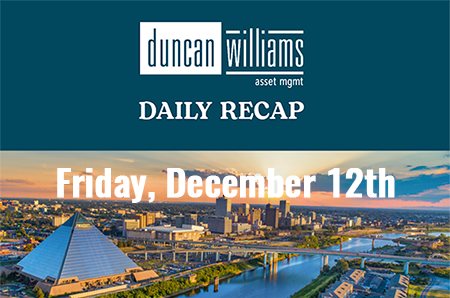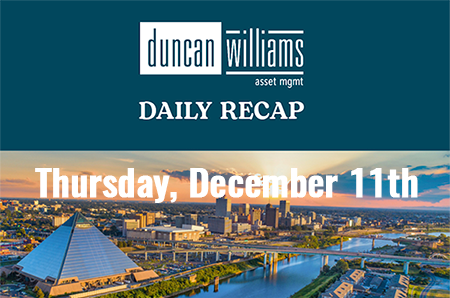
With Wall Street pros and everyday investors alike watching this week’s FOMC meeting, the big question on everyone’s mind is: What’s next for US monetary policy, and how will it impact your wallet?
Steady as She Goes—For Now
The Federal Open Market Committee (FOMC)—the group in charge of setting US interest rates—is widely expected to keep its benchmark rate at 4.25% to 4.5% after the July 2025 meeting. Even after all the speculation and calls to cut rates, Fed officials are taking a patient, wait-and-see stance. Inflation is hanging just above their 2% target, and the job market is still solid—so for now, they’re sticking to their plan.
Fed Chair Jerome Powell and other policymakers acknowledge inflation is moving in the right direction. But with annual inflation at 2.7% and core numbers likely to stay above 3% through the end of the year, the Fed is playing it safe. They don’t want to lower rates too early—especially with new tariffs and global uncertainty making the future harder to predict.
The Case for Rate Cuts (But Not Quite Yet)
Two rate cuts are still on the table for this year, but the Fed wants more data before making any big decisions. Some policymakers, like Governor Christopher Waller, are pushing for cuts sooner, arguing that policy is too tight as growth slows and job creation cools. Others want to see clear proof that inflation won’t rebound before acting.
Powell keeps stressing that the Fed is all about following the data, saying, “We think we can be patient,” and hinting that June’s inflation bump might just be a blip. The Fed’s “dot plot” from June shows most members expect two small cuts before year-end, but rates could stay higher in 2026 and beyond.
To dig deeper, it’s important to understand what’s influencing the Fed’s current caution.
So, what’s behind the Fed’s cautious approach? Here are a few key factors:
- Inflation: Prices aren’t rising as fast as last year, but they’re still above target—especially with new tariffs making everyday items more expensive.
- Economic Growth: The economy is still expanding, but there are signs it’s starting to slow.
- Labor Market: Unemployment is still low, but it’s creeping up, and there are hints the job market could be cooling off.
- Political Backdrop: The White House has been speaking out, adding some drama, but so far, it hasn’t changed the Fed’s thinking.
These drivers help set the stage for the market’s possible reactions moving forward.
Stocks, bonds, and currencies will be on alert for any hint the Fed might cut rates in September or keep them higher for longer. If the Fed signals that it might cut rates soon, stocks could receive a boost, and Treasury yields might fall. But if the message is more cautious, we could see the opposite. Here’s what investors should keep in mind:
- If you’re investing in bonds, it might make sense to focus on ones that mature in the next few years. Right now, yields look attractive, but they could drop if the Fed hints at lowering rates. On the flip side, stocks may get bumpy—especially if the Fed takes a tougher stance on inflation or if policymakers start sending mixed messages. Bottom line: Stay alert and be ready to make changes if the market shifts.
- Commodities and currencies could fluctuate as expectations about interest rates change, which could also impact the US dollar.
What to Watch Next
- The September Meeting: As of now, markets see about a 60% chance that the first-rate cut will come in two meetings—unless there’s a surprise in jobs or inflation numbers.
- Powell’s Press Conference: Investors will be listening closely—not just to Powell’s words, but to his tone—for clues on what’s next and how he’s handling political and market pressure.
Bottom Line
Key Takeaways: The July 2025 FOMC meeting kept rates steady, with the Fed choosing patience as inflation slows and the job market holds up. What happens next all depends on new data, so it’s smart for investors to stay alert, avoid big bets, and stay flexible if the economic or political situation shifts. In times like these, keeping an eye on the news and being ready to adapt is your best bet.
Disclosure:
This article is for informational and educational purposes only. It does not constitute investment advice or a recommendation to buy or sell securities. Forecasts and projections are subject to uncertainty and may change. Investing involves risk, including the possible loss of principal. Past performance is no guarantee of future results.
Sources
- https://www.investopedia.com/what-to-expect-from-the-fed-s-interest-rate-decision-july-11778885
- https://www.kiplinger.com/newsg/live/july-fed-meeting-updates-and-commentary-2025
- https://www.federalreserve.gov/newsevents/speech/waller20250717a.htm
- https://www.federalreserve.gov/monetarypolicy/fomccalendars.htm
- https://www.federalreserve.gov/releases/h15/
- https://www.forbes.com/sites/simonmoore/2025/07/21/three-things-to-watch-for-at-the-feds-july-interest-rate-decision/
- https://www.noradarealestate.com/blog/what-to-expect-from-the-feds-meeting-next-week-july-29-30-2025/
- https://am.jpmorgan.com/us/en/asset-management/institutional/insights/portfolio-insights/fixed-income/fixed-income-perspectives/fomc-statement-june-2025/
- https://www.cnbc.com/2025/07/01/powell-confirms-that-the-fed-would-have-cut-by-now-were-it-not-for-tariffs.html
- https://money.usnews.com/investing/articles/recession-2025-what-to-watch-how-to-prepare
- https://www.federalreserve.gov/mediacenter/files/FOMCpresconf20250618.pdf












